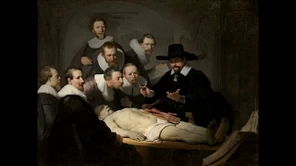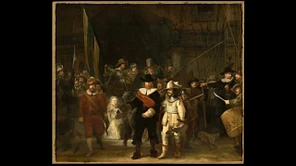John William Waterhouse’s The Lady of Shalott (1888) is one of the most iconic paintings of the Pre-Raphaelite movement—an artwork that merges visual storytelling, myth, and melancholic beauty in a way that has captivated audiences for over a century.
The Inspiration: Tennyson’s Poem
The painting is based on Alfred, Lord Tennyson’s 1832 poem The Lady of Shalott, a lyrical and haunting narrative about a cursed woman who lives isolated in a tower near Camelot. Forbidden to look directly at the outside world, she views life only through a mirror, weaving what she sees into a tapestry. One day, she glimpses the knight Sir Lancelot and, overtaken by longing, turns to look at him directly. This act breaks the curse’s terms, leading to her tragic end as she floats down the river toward Camelot in a boat, singing her final song.
Waterhouse’s Vision
Waterhouse captures the moment the Lady begins her journey down the river—a pivotal scene filled with sorrow, surrender, and quiet defiance. Sitting in a small wooden boat, she looks out with a resigned expression, as though fully aware that death awaits her but determined to embrace the world before it’s too late.
The rich symbolism in the painting deepens its emotional impact. The tapestry she wove lies in the boat, trailing over the side. A crucifix and candles, traditional symbols of death and the passage of the soul, sit before her. The chain anchoring the boat has just been released, emphasizing the moment of transition—she is between captivity and death, between the known and the unknown.
A Pre-Raphaelite Masterpiece
Waterhouse’s use of color, texture, and detail is quintessentially Pre-Raphaelite. The realism in the Lady’s flowing hair and gown, the lush foliage, and the glistening water create a sense of immersion. Yet, it's the emotional depth of the subject that truly defines the painting. The Lady’s face—somber yet serene—invites us to reflect on themes of isolation, unfulfilled longing, and the price of beauty and truth.
Legacy and Interpretation
The Lady of Shalott resonates today not just because of its aesthetic beauty, but because of its timeless narrative. It speaks to the struggle between duty and desire, the yearning for freedom, and the cost of breaking free from societal confines. Waterhouse’s rendering of this tale captures that tragic poignancy in a way that continues to speak to viewers, reminding us of the human need to connect, to see, and to live—no matter the price.

